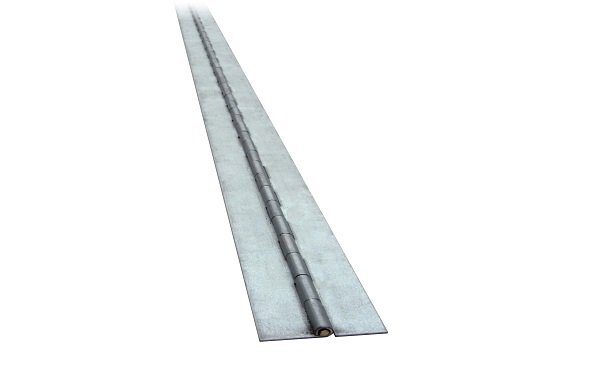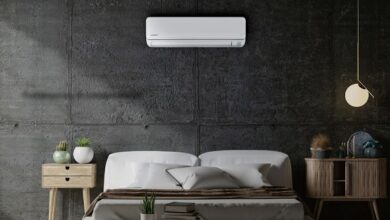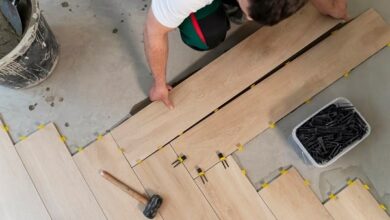The Flexibility and Artistic Capabilities of Piano Hinge Design

In the world of hinges, where functionality and aesthetics converge, the piano hinge is a concealed treasure that plays a crucial role in various applications. This versatile hinge demonstrates elegance through its cohesive design, fluid motion, and exceptional load-bearing capacity. This article delves into the world of piano hinges, exploring their mechanics, applications, benefits, and subtle impact on industries and daily life.
The Comprehension of Piano Levers
A piano hinge, also known as a continuous hinge, is a long, thin hinge that extends the length of a door, lid, or panel. Its unique design allows for even weight distribution along the length of the hinge, making it ideal for applications requiring stability, strength, and a sleek appearance. The name “piano hinge” derives from its historical use in pianos, allowing the cover to travel smoothly and reliably.
The Benefits of Piano Hinges
Numerous advantages of piano hinges contribute to their adaptability and popularity in a variety of applications:
- Continuous Assistance
The most notable benefit of piano hinges is their capacity to provide uninterrupted support along the entire joint length. This makes them suitable for applications involving long doors, covers, or panels in which even weight distribution is crucial.
- Fluent and Effortless Movement
Piano hinges allow for fluid and uninterrupted motion. Unlike conventional hinges with multiple fulcrum points, piano hinges offer a single, uninterrupted motion, augmenting the application’s aesthetics and functionality.
- Power and Weight-Carrying Capacity
Piano hinges are renowned for their exceptional load-bearing capacity. Their design equitably distributes weight, preventing tension from concentrating at particular points. This strength is indispensable in applications where massive doors or panels need to be supported.
- Purified Aesthetic
The refined appearance of piano hinges lends applications a clear and sophisticated flourish. Their discreet design complements a variety of aesthetics, making them suitable for both contemporary and classic contexts.
- Longevity and resilience
The piano hinges’ one-piece construction contributes to their durability. They are less susceptible to wear and strain than hinges with multiple movable elements, resulting in a prolonged lifespan.
Uses for Piano Hinge
Piano hinges are utilized in a variety of industries and situations:
- Furniture Style
Typical applications of piano hinge in furniture design include storage trunks, jewelry cases, and cabinets. They provide a smooth motion for covers and doors, augmenting functionality and appearance.
- Spaceflight and Aviation
Aircraft components, such as access panels and stowage compartments, utilize piano hinges. Their durability and sturdiness guarantee dependable performance in high-stress environments.
- Applications in the Marine and Nautical Environments
Piano hinges are used for hatches, entrances, and compartments on vessels and ships in marine environments. Their corrosion resistance makes them suitable for marine environments.
- Industrial Apparatus
Piano hinges are used in industrial equipment, machinery, and enclosures and provide durable and dependable movement for access panels and coverings.
- Architectural Planning
Architects and designers use piano hinges to add functionality and surprise to architectural elements such as folding screens, moveable partitions, and concealed doors.
Conclusion
In a world where every detail is significant, piano hinges’ elegance radiates discreetly. Their ability to provide continuous support, fluid movement, and strength renders them indispensable solutions for various industry applications. Take a moment to appreciate piano hinges’ unobtrusive yet profound impact as you interact with furniture, access panels, and architectural features. These unsung champions exemplify the synergy between design and engineering, reminding us that even the most inconspicuous components can enhance form and function.




